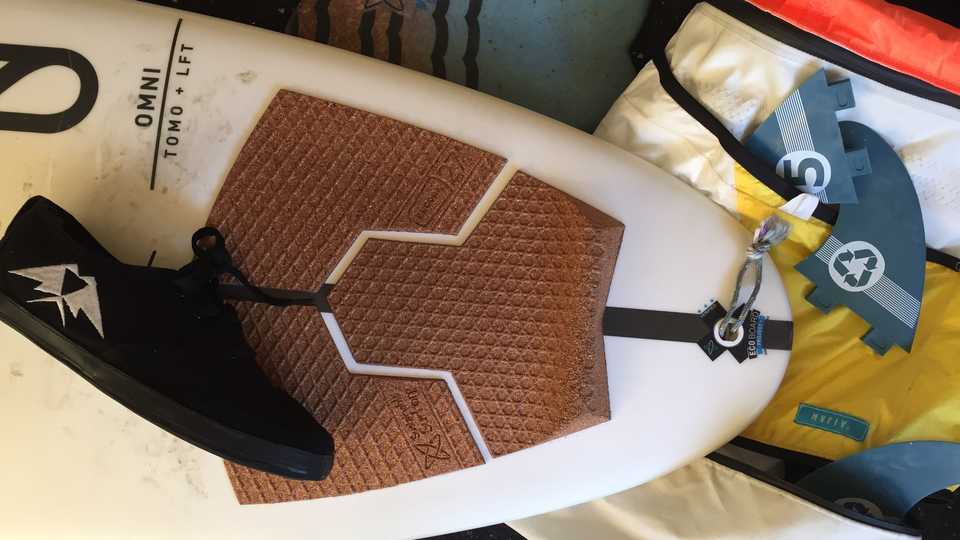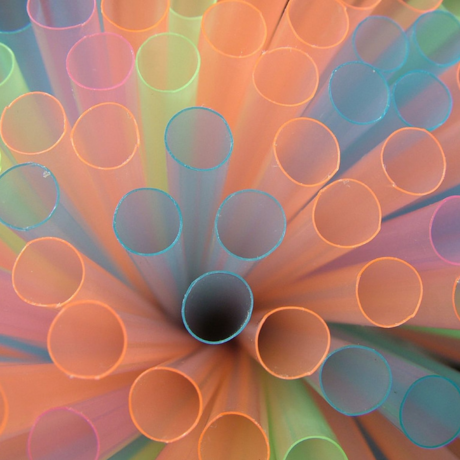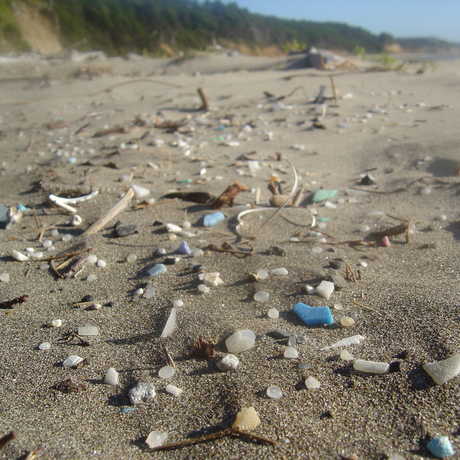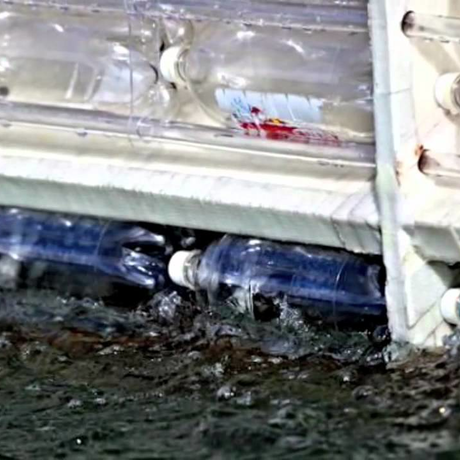Science News
Waste to Waves

This week, Science Today is examining ocean plastics—the problems they cause and solutions to the pollution. Today, we’re focusing on a recycling program from the non-profit organization Sustainable Surf. Earlier this year, while producing a video for youth about plastic pollution, we learned about their excellent program, Waste to Waves. “Waste to Waves reimagines waste as a resource, to create up-cycled surf products with our brand partners,” Michael Stewart of Sustainable Surf told me over email. “We help to identify new and exciting product opportunities, develop pathways for collection, and engage people to participate.”
Waste to Waves was started in 2011 with one initial project, Stewart says, “recycling waste styrofoam into new surfboard blanks. To date we have helped recycle more than 100,000 pounds of foam and expanded to more than seven product categories.” Styrofoam waste is a big problem in the ocean. “Polystyrene foam is one of the most prominent sources of plastic marine debris,” Stewart explains. “If it ends up in the natural environment it breaks into small pieces, can be mistaken as food by sealife and birds, and take hundreds of years to break down. In a landfill, styrofoam takes up valuable space, due to its density and design.”
What’s cooler than a recycled styrofoam “green” surfboard? Competing and winning on one! As Brett Giddings, Manager of Sustainable Surf’s ECOBOARD Project, told me, performance isn’t sacrificed. “An ECOBOARD using recycled Expanded Polystyrene (EPS) and glassed with plant-based epoxy resin has a reduced carbon footprint and is less toxic to those building boards than a typical surfboard, made from polyurethane foam and glassed with polyester resin. Epoxy boards are generally stronger, so last longer, and professional surfers are winning on ECOBOARDS, proving that the technology works.”
The Waste to Waves program also includes other recycled items: used wetsuits into yoga mats, recovered wine corks into traction pads, and torn kiteboard and windsurf sails into bags. “We provide a pathway to convert products into solutions,” Giddings says. “Our program gives people the opportunity to not only send waste products to be recycled, but empowers individuals by giving them the opportunity to actively participate in closing the loop through the purchase of new products that actually contain the materials they have saved from landfill.” So don’t be shy, recycle! “A full list of drop off locations for styrofoam is located on the Waste to Waves website. Many cities, counties and regions across the U.S. offer take-back programs for styrofoam, however you cannot place it in your curbside recycling as it breaks and contaminates other packaging items in the mix.”
It’s not just about up-cycled products! Sustainable Surf is providing a larger message about individual actions and stopping plastic pollution. “The environmental challenges we face are getting worse and will continue to increase until there is a shift in the fundamental narrative around both the problems and the solutions,” Giddings concludes. “We use surfing as a positive message for change, rather than some of the more negative-focused messages that have been used in the past. Our programs engage people in the surf community and beyond to make small changes that lead to larger, broad-scale change.”
Image: Waste to Waves partner products: Firewire Surfboards ECOBOARD - made from bio-resin and recyclable EPS foam, ReCork traction pad - made from used wine corks from Head High Wines, Indosole shoes - made from old tires and inner tubes, Mafia Bags backpack - made from used kite, wind surf and yacht sails, Suga yoga mat - made from used wetsuits, ECOFins - made of ocean plastic collected of beaches in Bali, Enjoy handplane - made from mushroom foam and bio-resin


